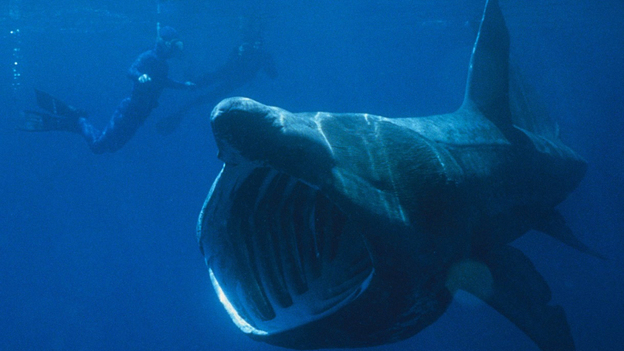Biggest Trees in the World in Danger

TimberWest has been logging closer and closer to the largest Douglas fir in the world in British Columbia, in spite of environmentalists warn that the 1,000-year-old tree is vulnerable to blowdown. The San Juan spruce, Canada’s largest Sitka spruce tree, is in the same area, and it makes little sense to allow logging between the two giant trees. “We are extremely angry and frustrated to see this logging nearby what is clearly one of the natural wonders of the world,” said Joe Foy, national campaign director for Western Canada Wilderness Committee. Foy and others want to include the Red Creek fir and surrounding forests in an expansion of the Pacific Rim National Park Reserve.
Beetle-kill plan calls for cuts on 9,415 acres

A prescribed fire in the area burned out of control, scorching about 1,000 acres of Montana’s Helena National Forest last month. Blaming the large numbers of dry, deciduous or dead trees that have been infected by the latest mountain pine beetle epidemic. The epidemic has affected 60% of the Helena’s 980,000 acres, and as usual the Forest Service has decided that the fears sparked by a human made fire need to be resolved through a massive forest clearance. According to their new Beetle Kill program, corridors up to 250 feet wide will be cut in areas of the Helena National Forest in order to implement the Forest-wide Roadside Hazard Tree Removal and Fuels Reduction Project. This project will remove dead trees along 491 miles of national forest system roadways—about 9,415 acres—up to 125 feet from both sides of roads on the Lincoln Ranger District and up to 100 feet on roads in the Helena and Townsend ranger districts, where the trees are smaller. This plan was proposed in 2008, but the public shot it down, because they felt like it wasn’t addressing forest roads most heavily used, including those in Grizzly Gulch, Rimini and York, while dead-end roads into wilderness areas were included. If it sounds like this plan is starting to stink, you may be on the right track: it’s filed under the Healthy Forests Restoration Act, and is exempt from standard environmental review processes. Environmentalists concerned about the plan’s negative impacts on elk hiding cover, let alone natural biodiversity, will have to sit on the sidelines and try to work through a different objections process.
Owl Recovery Plan Will Bring Owl Killings

The US Fish and Wildlife Service’s latest “plan” to “protect” the endangered Spotted Owl of Oregon includes thinning, brush removal, reintroducing hardwoods and opening patches of the forest canopy with “miniature clear-cuts” that promote new growth. Just so that we’re clear on that terminology, a miniature “clear-cut” would consist of the elimination of every tree across acres of forest. Here is another plan that was shot down in 2008, in this case, because scientists found the plan completely lacking and reports surfaced that Bush appointee had interfered with the findings. The plan would bring great habitat loss and slaughter of “significant numbers” of Barred Owls on whom industry has blamed the Spotted Owls’ continued decline.
Toxic Waste Site Becomes Al Gore’s School

Los Angeles Unified district officials spent $4 million to clean up the site of the new Carson-Gore Academy of Environmental Studies is the site of a toxic waste dump that cost the state $4 million to clean up. The 17 underground storage tanks discovered during construction presented an ironic obstacle for the conservation-centered school, which is also situated between an oil well and a gas station. California Communities Against Toxics, a coalition of several environmental groups, argues that the district has not resolved pollution issues, leaving the potential for soil vapor to enter into groundwater and classrooms.
Republic of Congo Bans Mining
Insisting that mining has fallen into the laps of mafioso-style corporations, President Kagame of the Republic of Congo, has banned mining in the western area of the country. This area is where coltan and cassiterite are mined for use in cell phones, and it has been the site of armed conflict between different rebel and paramilitary groups resulting in 150 rapes last month.

Basking Sharks in the Pacific Ocean are a “species of concern,” which means the government doesn’t yet have enough information to say the giant fish is threatened or endangered, but it might be.
